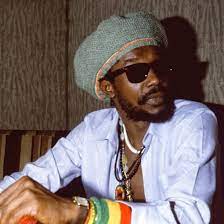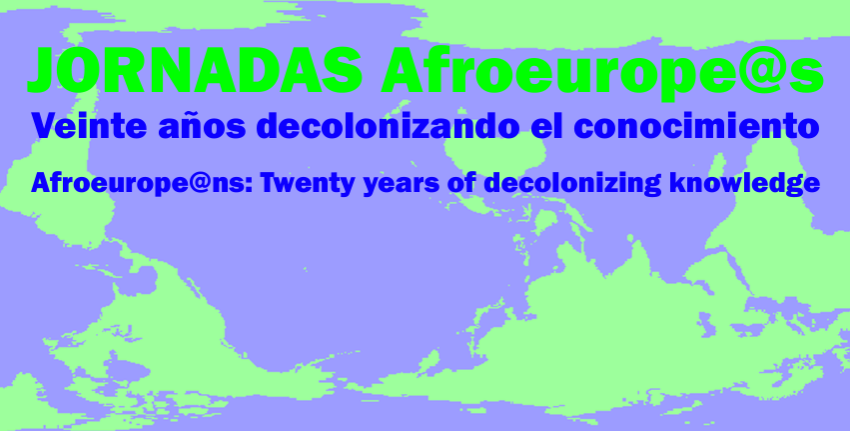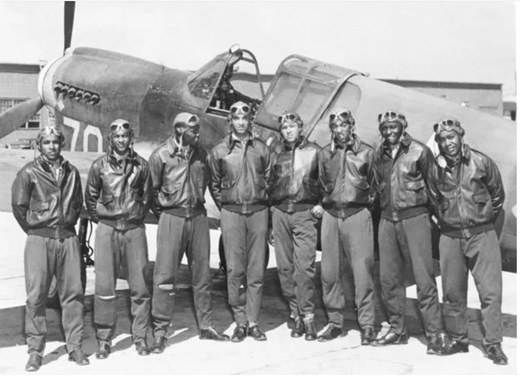Siyah: From the Black Atlantic to Istanbul’s ‘Cool’
This article is the sixteenth instalment of Siyah, which explores the relationship between the African Diaspora and Turkish social and cultural narratives. Journalist Adama Juldeh Munu summarises Derya Özkan’s analysis of the African origins of cool in her essay From the Black Atlantic to Istanbul’s ‘Cool’, and how it relates to Istanbul’s cultural identity and landscape.
Cool is more than just an attitude or simply saying ‘alright’, it exists beyond the individual to spatial dimensions, from culture to counterculture, and the national to the transnational. That is the overarching argument Derya Özkan makes in ‘Cool Istanbul: Urban enclosures and resistances’, a series of essays that reimagine Istanbul’s social and political standing as a ‘cool city’.
Between anthropologists and economists, what prominently constitutes a cool city is subject to debate and is often reinforced by how any one city is perceived beyond the national psyche, in the eyes of the global community, and whether a city’s coolness is primarily determined by its cultural wealth, the value of its political economy, or the degree to which it is aggressively constructed by forces such as globalization. For instance, David Fontana for The Washington Post describes Los Angeles as a city where cool meets beauty and San Francisco is where cool meets technology.
Özkan focuses on the former and says that urban cultural production makes cities like Istanbul cool because it is marked by non-conformity. To elaborate on the significance of this, in the essay,
‘Black Atlantic to Istanbul’s Cool: Why does coolness matter?’ Özkan takes the reader through the Black roots of cool as a pinnacle of the aesthetics of the African diaspora, in particular the Black Atlantic constituency. The term ‘Black Atlantic’ was popularised by Paul Gilroy in his 1995 essay of the same name. In it, he argues there isn’t a specifically continental African, Black American, Afro-Caribbean, or Black British culture. Rather, they are synonymous with each other, producing a cultural paradigm that transcends ethnicity and nationality to produce something new and ‘unremarked’.
The idea of the ‘Black Atlantic’ has roots in Pan-Africanism, so an anthropological reading of Istanbul as tied to this may seem a strange thing to do here. But in the same way that cool is made out to be a paradoxical phenomenon for the cityscape, it’s seen by Özkan to be both a distinctive and interconnected idea.
‘Coolness’ is not wholly African of course, but Özkan argues ‘cool’ has a fundamentally Black or African aesthetic. In his 1973 article, An aesthetic to be cool, Robert Farris Thompson traces the roots of the word to thirty-five African languages: ‘cool mouth’ (enun tutu, in Yoruba) or ‘cool tongue’ (kanua ka- horo, in Kikuyu). Other examples include the expression ‘to cool his heart’ (koto di hiti f’en), by descendants of 17th and 18th-century slaves in Suriname. The same phrase (and meaning) is said to be found among Ghana’s Akan people. John M. Lipski in A History of Afro-Hispanic Language: Five Centuries, Five Continents indicates that in Puerto Rico, the word ‘chèvre’, meaning ‘cool’may have derived from a blending of Spanish and African influences.
Cool also had a metaphysical and mystical function for ancient African royalty. One 15th-century chief in the Benin Empire took the title of ‘Ewuare’ meaning ‘it is cool’. Another Yoruba ruler in the same century was crowned with the title ‘Cool and Peaceful As the Native Herb Osun’ (oba ti o tutu bi osun). Thompson also recounts a meeting where he complimented the elders of Tinto-Mbu in the Banyang area of Cameroon on the “fine appearance of their chief”. They replied, “We say people are not judged by physical beauty but by the quality of their heart and soul; the survival of our chief is a matter of his character, not his looks.” Coolness could also convey restorative justice where wrongdoing would be seen as ‘heating up the land’, as is the case in traditional Igbo culture.
While Thompson acknowledges similarities between African and European cool in notions of self-control, he argues the cultural value of cool was something absent from Western ideals. It could be argued that western Black cultures are exempt, rooted in the experiences of resistance among enslaved Africans and their descendants whose expression of cool as a tool of liberation evolved from the traditional to the neo-traditional.
Namely because of a type of supra ‘cool’ developed through the meeting of west and central African- and to lesser degrees – European traditions to create Patois, Ebonics (African-American Vernacular English), Creoles, Spirituals, Blues, Calypso, Reggae, Zouk, Capoeira, the Lindy-Hop and the Charleston. The narrative of Africans under European chattel slavery, therefore, alludes to African retention and innovation, as well as the gruesome details of chattel slavery with which most of us are familiar.

Credit: Tim Duncan
In the US specifically, writer and professor of race and music, Joel Dernerstein, says the idea of cool took on a more formidable shape in post-war America, arguing cool was reconstructed as stylistic defiance against racism during World War II. He says that to be cool in the 1940s, one had the “ability to be relaxed in one’s own style in any environment, an act of courage and mental strength for any Black person during the Jim Crow era.”
Similarly, Istanbul’s identity monikers as a city of the orient, empire, secularism and the spiritual, the East – and loosely speaking the West – evokes ‘push-and-pull’ energies, quite unlike any other European or Asiatic city. And yet Özkan identifies ways that the Black Atlantic and Istanbul cool converge.
Firstly, she likens West African mystical ideals of kingship, tradition and continuity to Istanbul’s confidence in its own cultural history – both imperial and secular. For example, African sculpted heads of kings represent a link to the past. Likewise, Istanbul’s cultural accumulation over the centuries revitalises Istanbul to appreciate its regal past and modern present.
Secondly, there is the idea that cool cannot be inherited but achieved. Quite like how African peoples, for whom cool prior to the intrusion of European colonialism meant one thing, and following the Middle Passage, condensed into something else, as Dernerstein alludes to.
Thirdly, the embrace of cultural capital to meet the demands of social life is important to both West African ontology and the contemporary case of Istanbul’s cool. If the past is anything to go by, there is a revival of the embrace of cultural capital in various African cities, brought about by the expansion of metropolises, post-conflict reconstruction, advancement in entrepreneurship and technological endeavours and cultural crossovers within the African diaspora.
Coolness is an ideal and cultural aesthetic that cuts across nationalities, cultures and spaces such as cities. It is not manifested in only one manner because as a concept it embodies whatever is valuable about those spaces that relate to it. In spite of its malleability and ‘cultural currency’ around the globe, the idea of cool has a very distinctive relationship with both continental and African diaspora cultures that is underpinned in language, stature, dance and fashion. It can be found in moments of stability and in moments of personal and collective turmoil. It is a state of being, but it is also a state of becoming.



